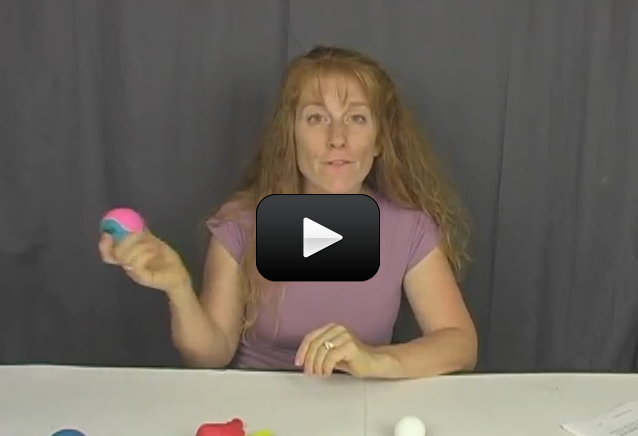Second Law of Motion: Momentum is conserved. Momentum can be defined as mass in motion. Something must be moving to have momentum. Momentum is how hard it is to get something to stop or to change directions. A moving train has a whole lot of momentum. A moving ping pong ball does not. You can easily stop a ping pong ball, even at high speeds. It is difficult, however, to stop a train even at low speeds.
Materials: garden hose connected to a water faucet
Please login or register to read the rest of this content.
Materials: garden hose connected to a water faucet
Please login or register to read the rest of this content.

